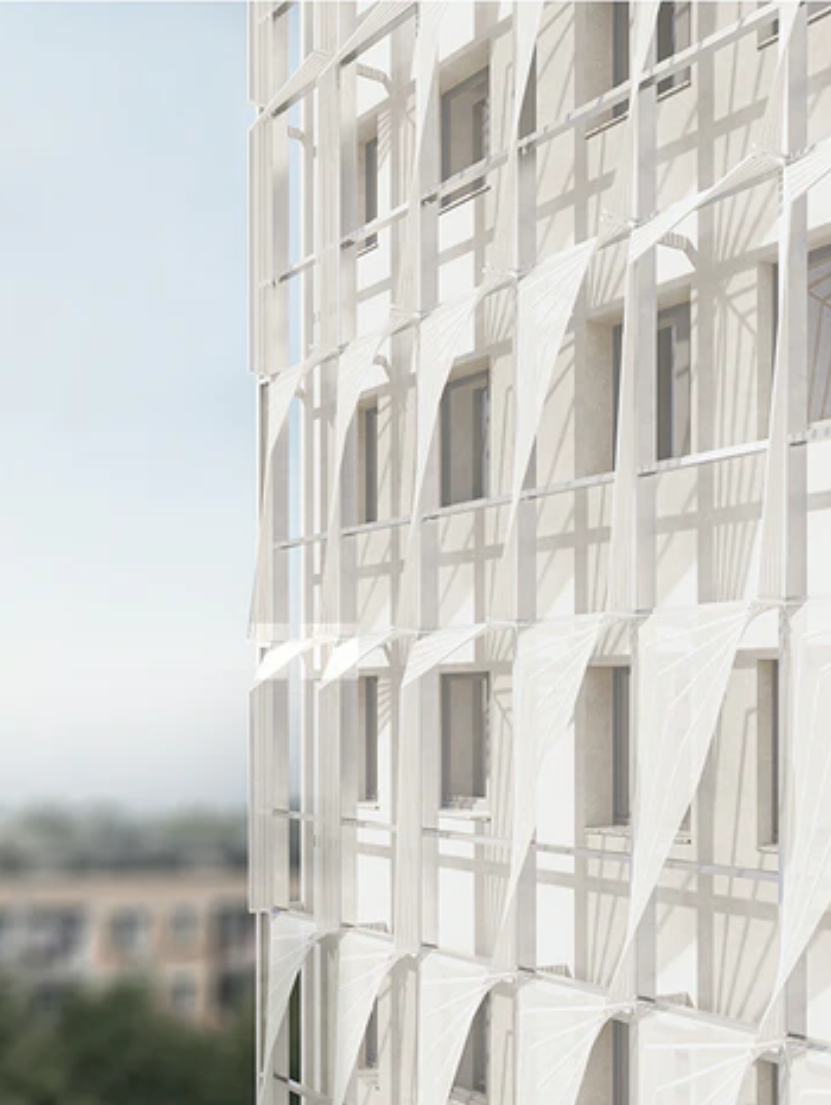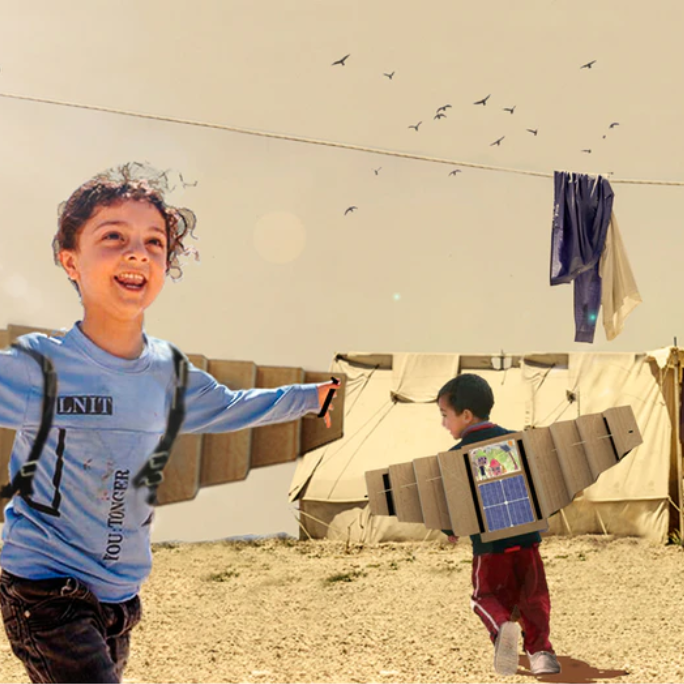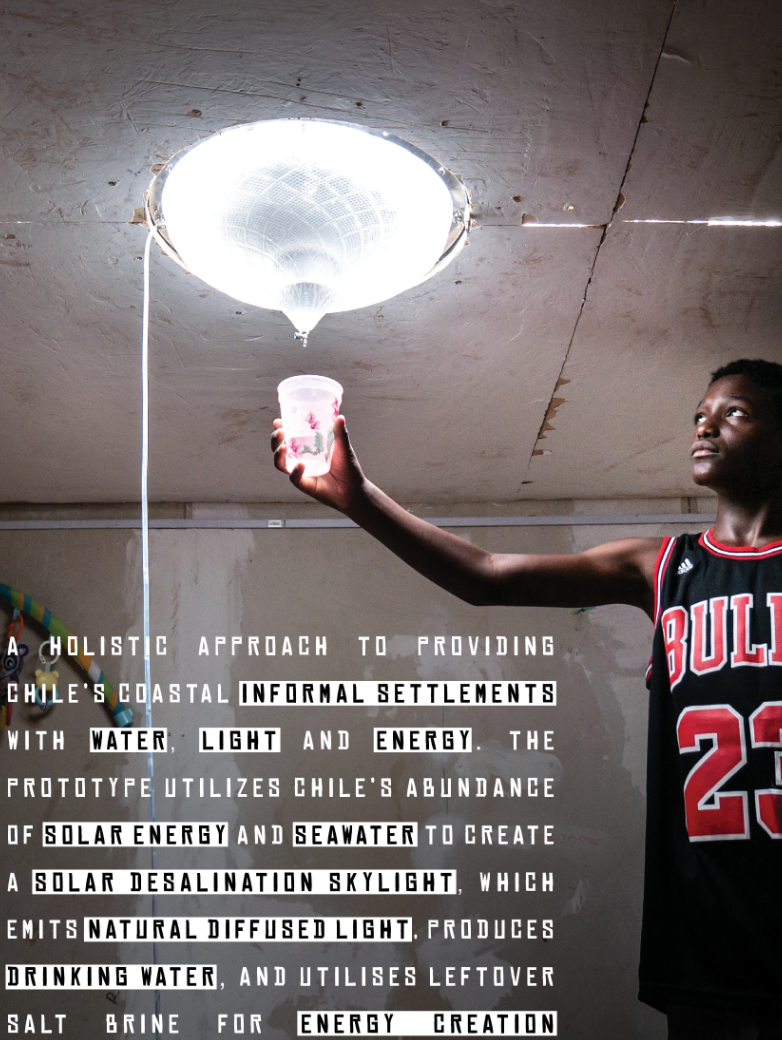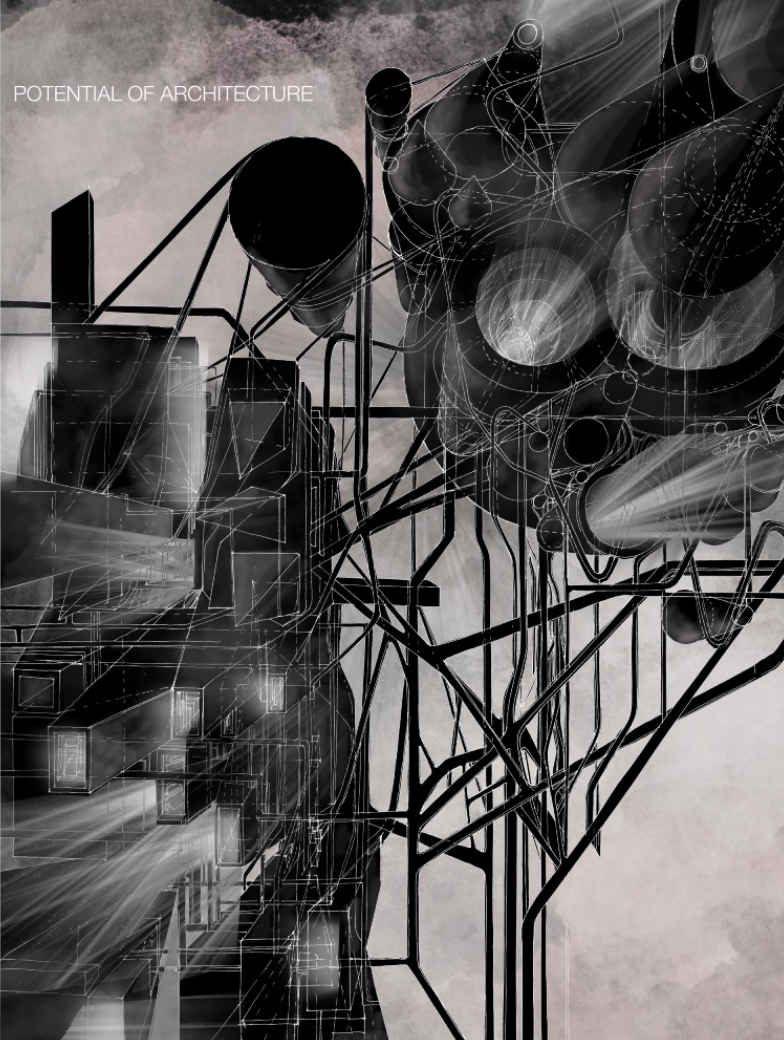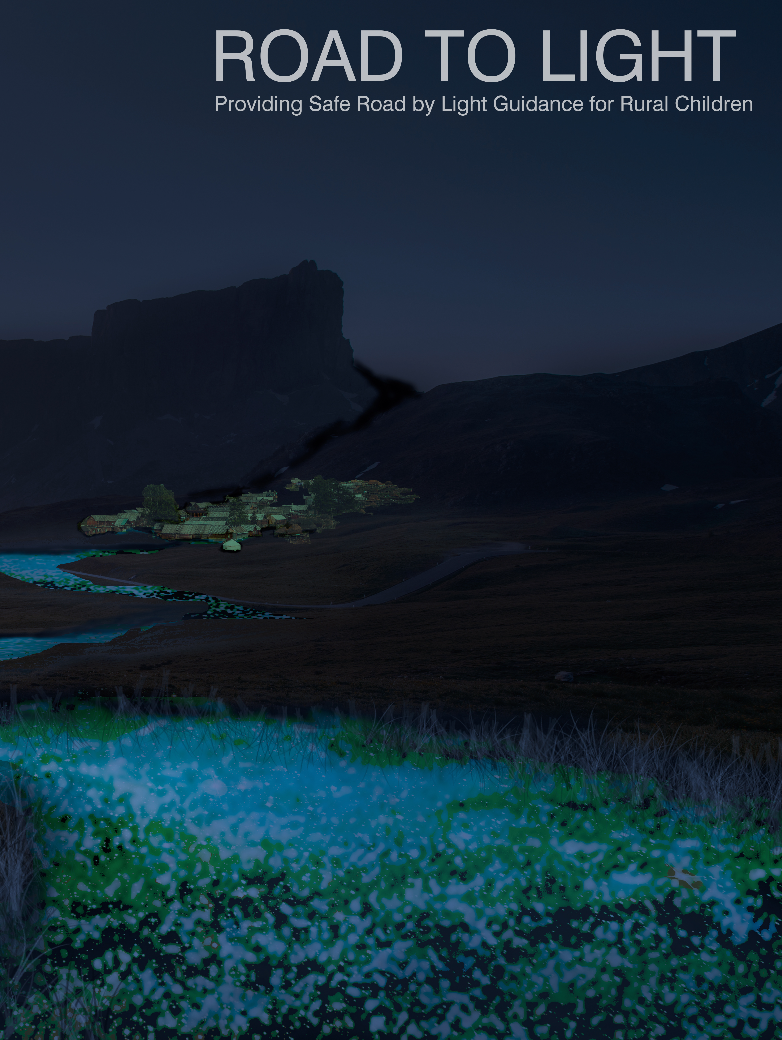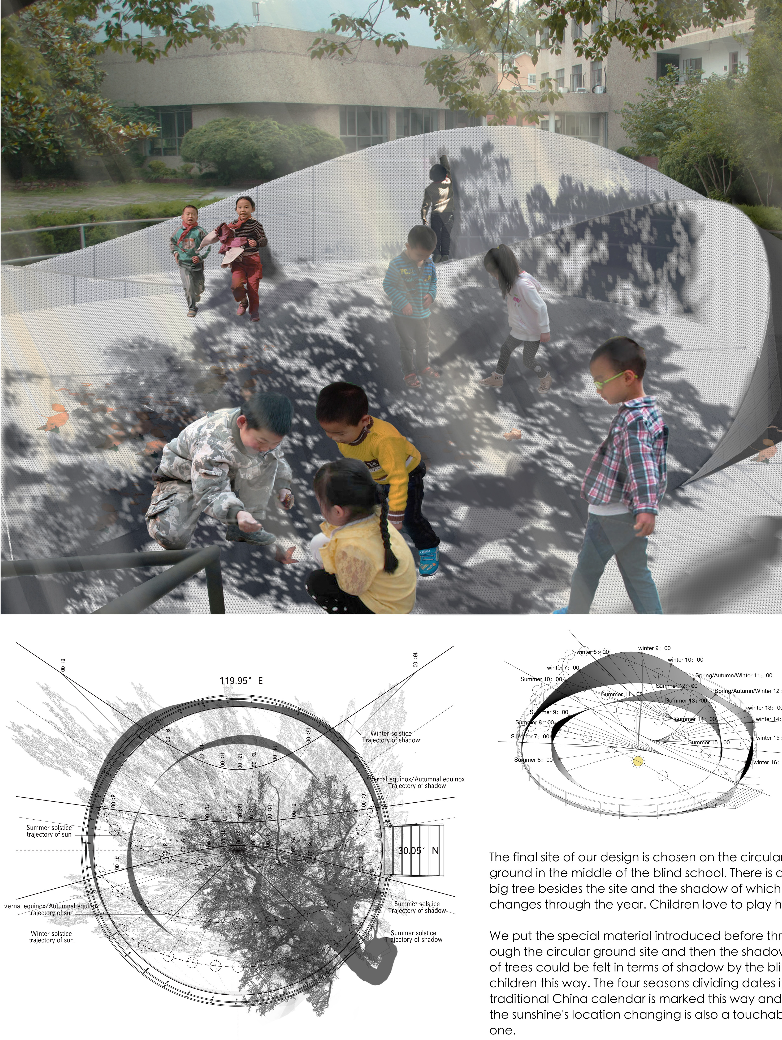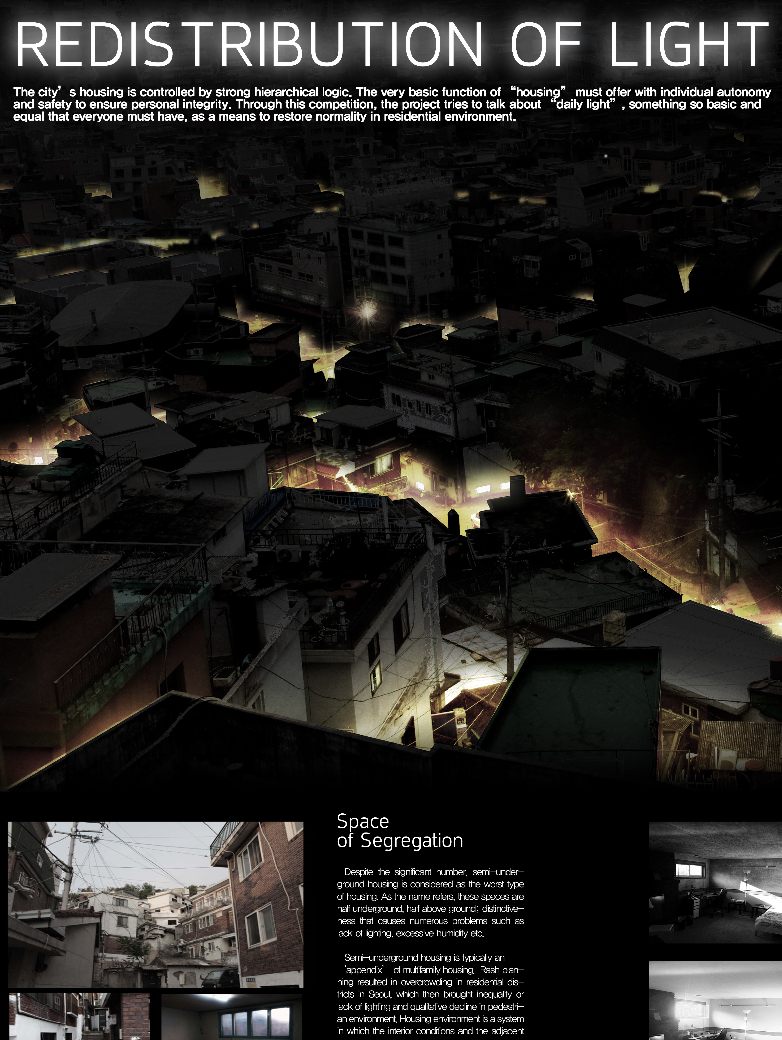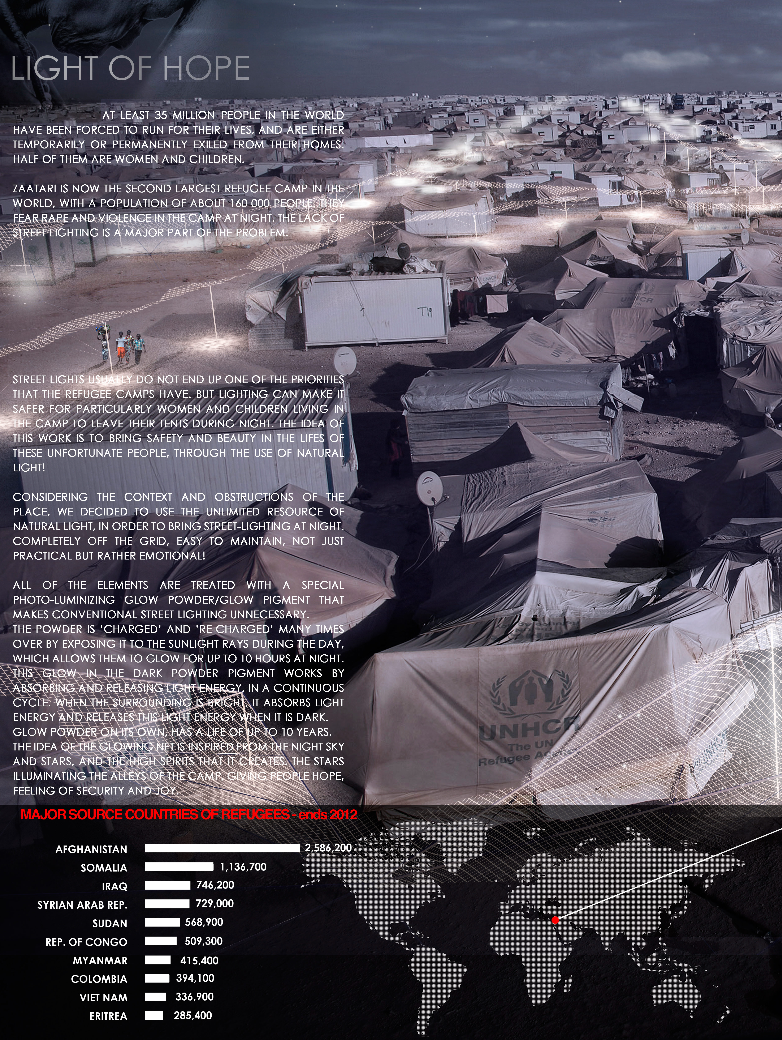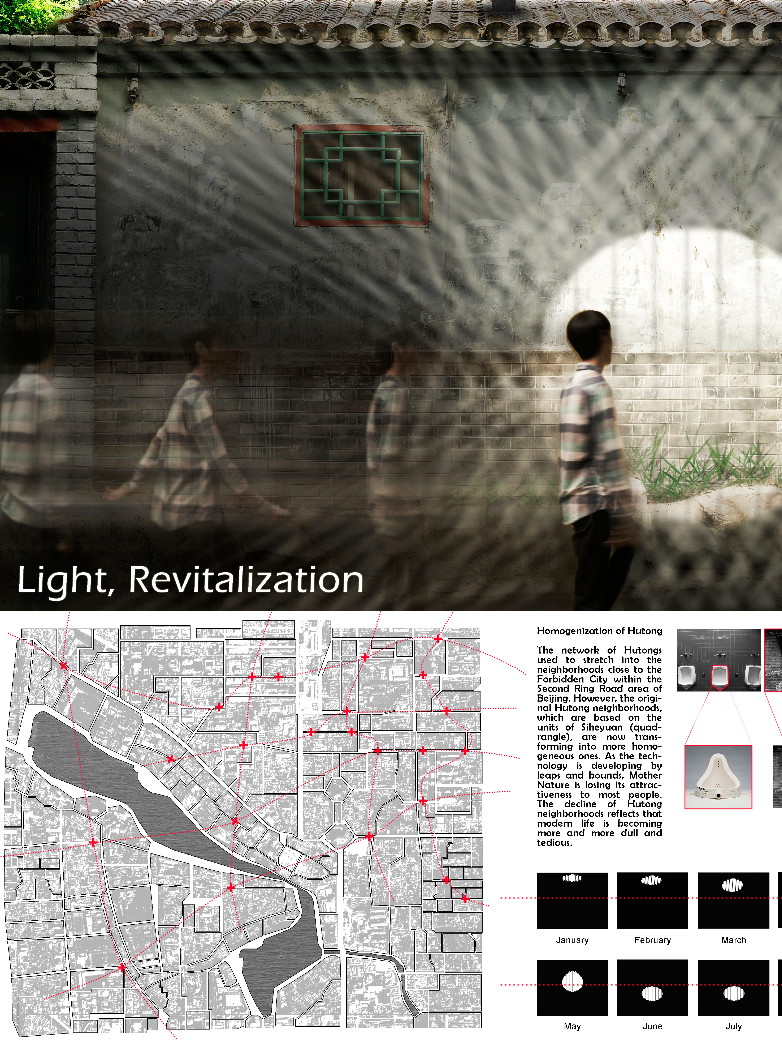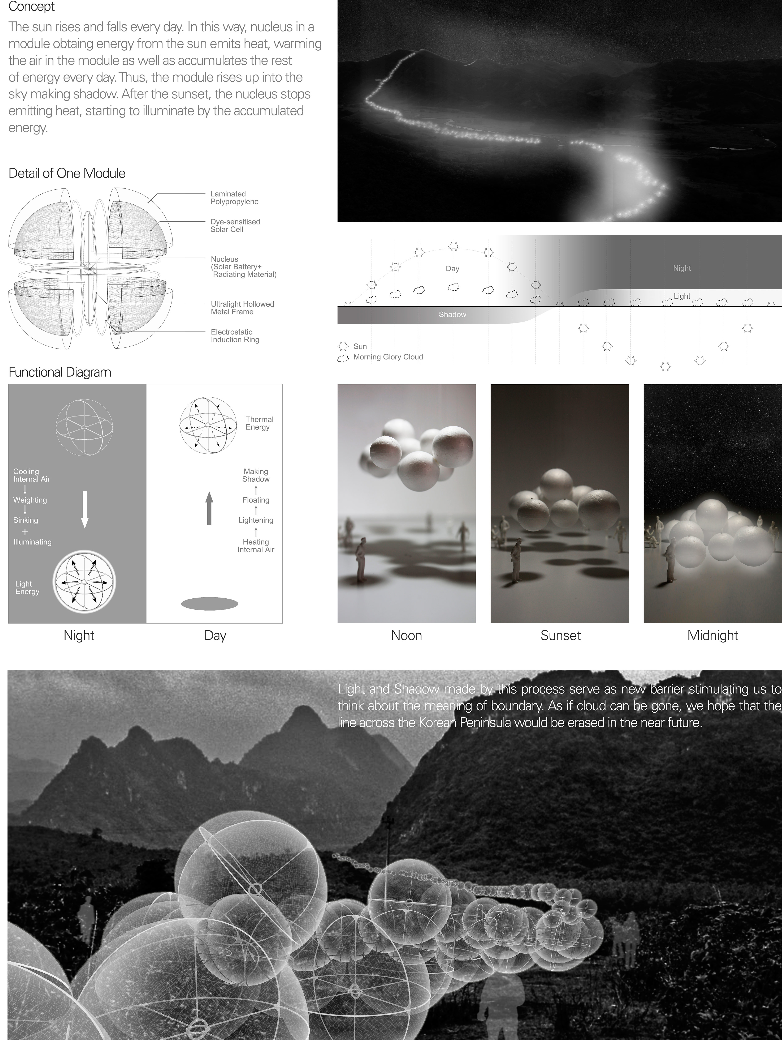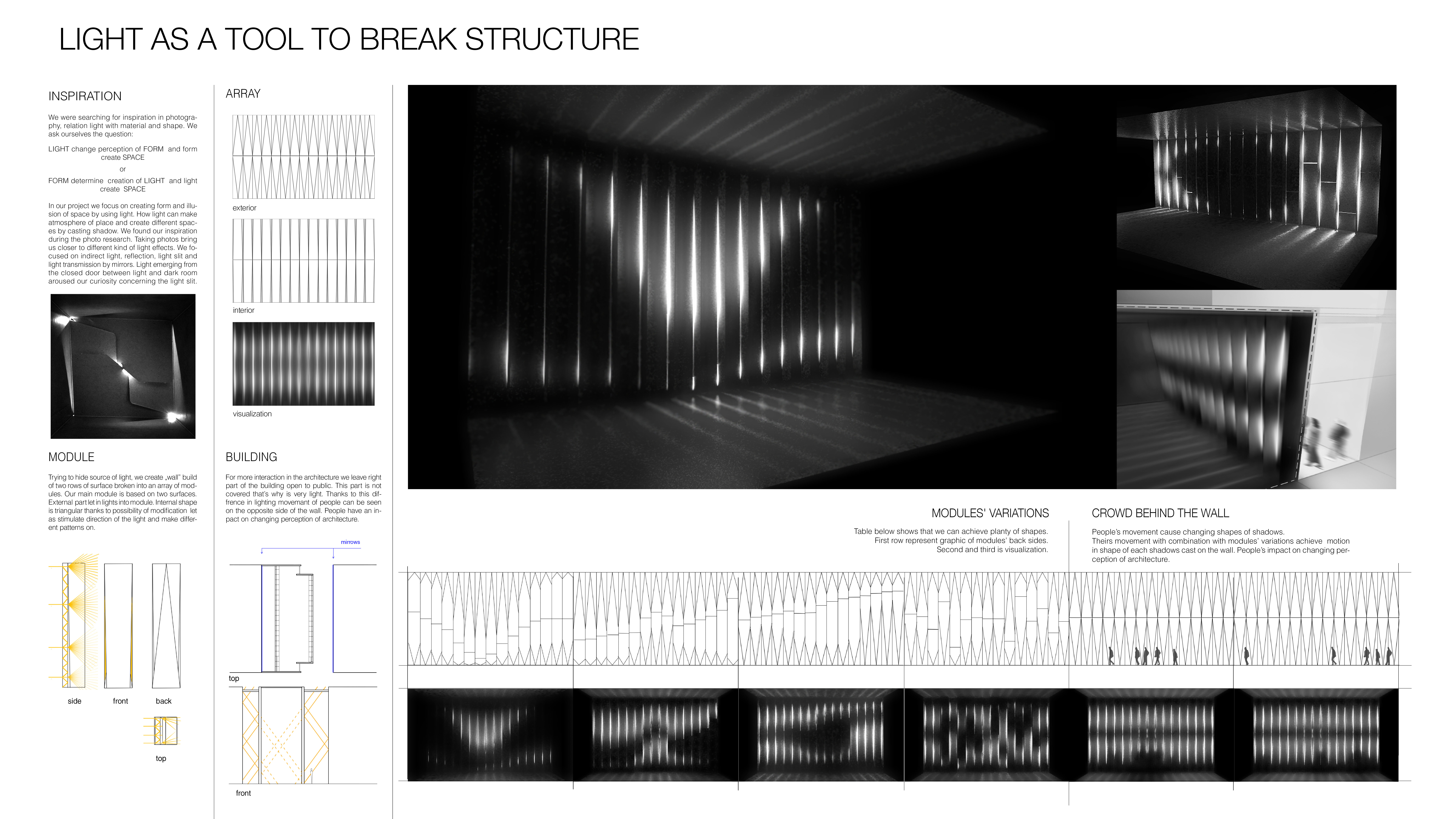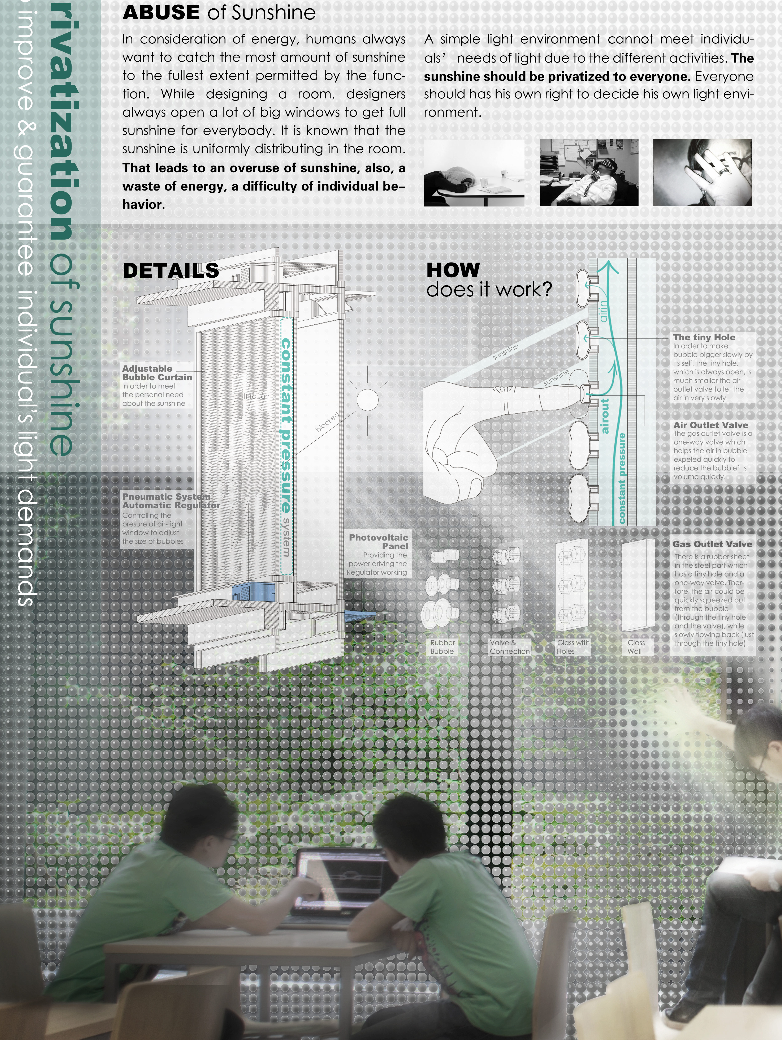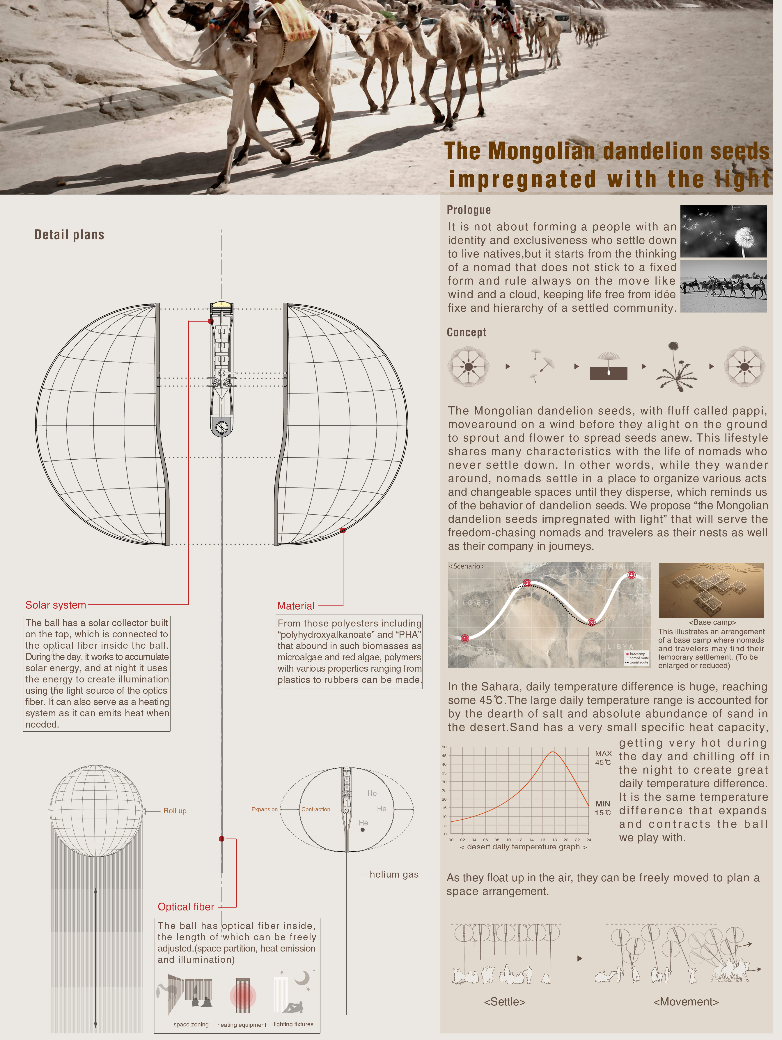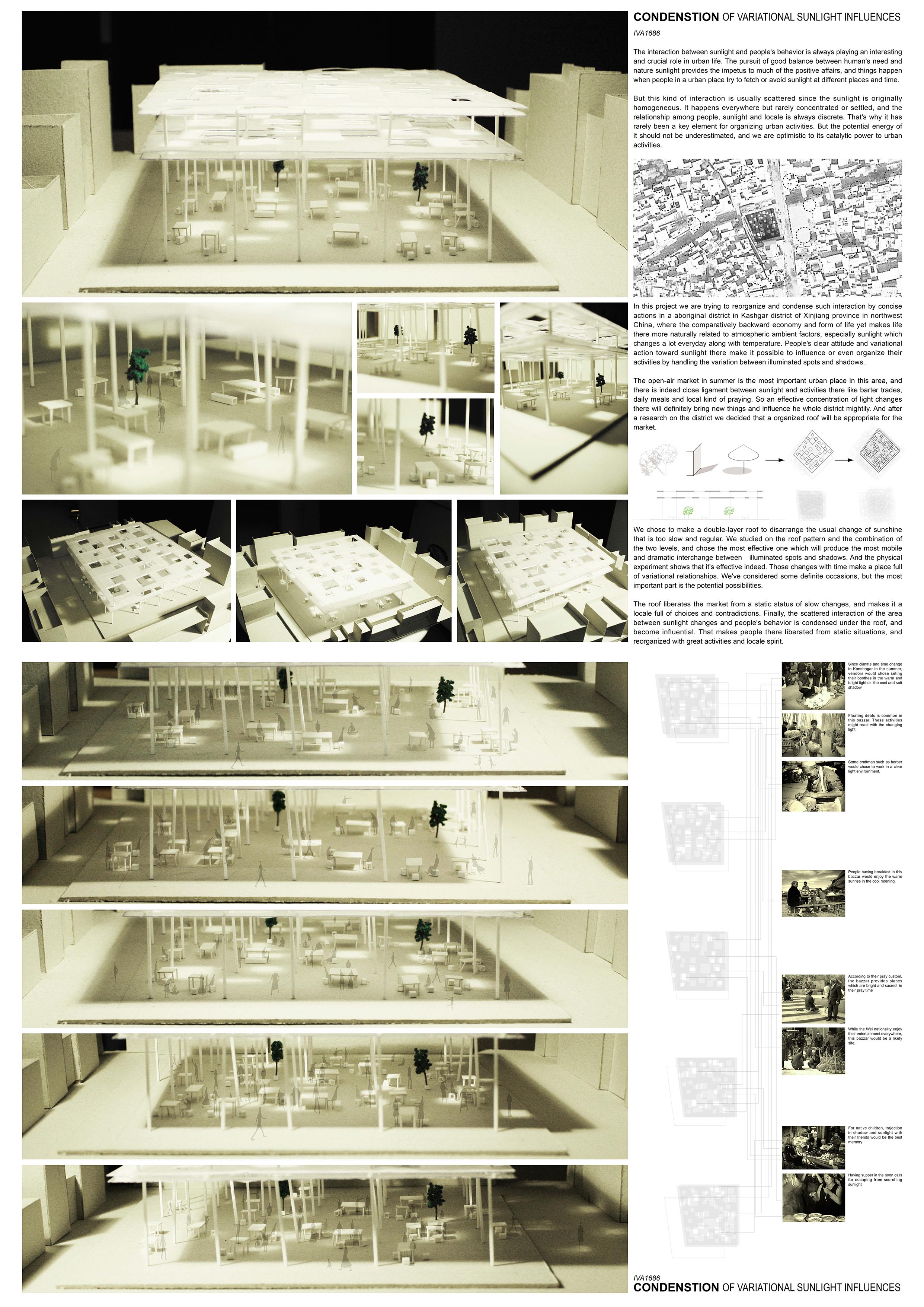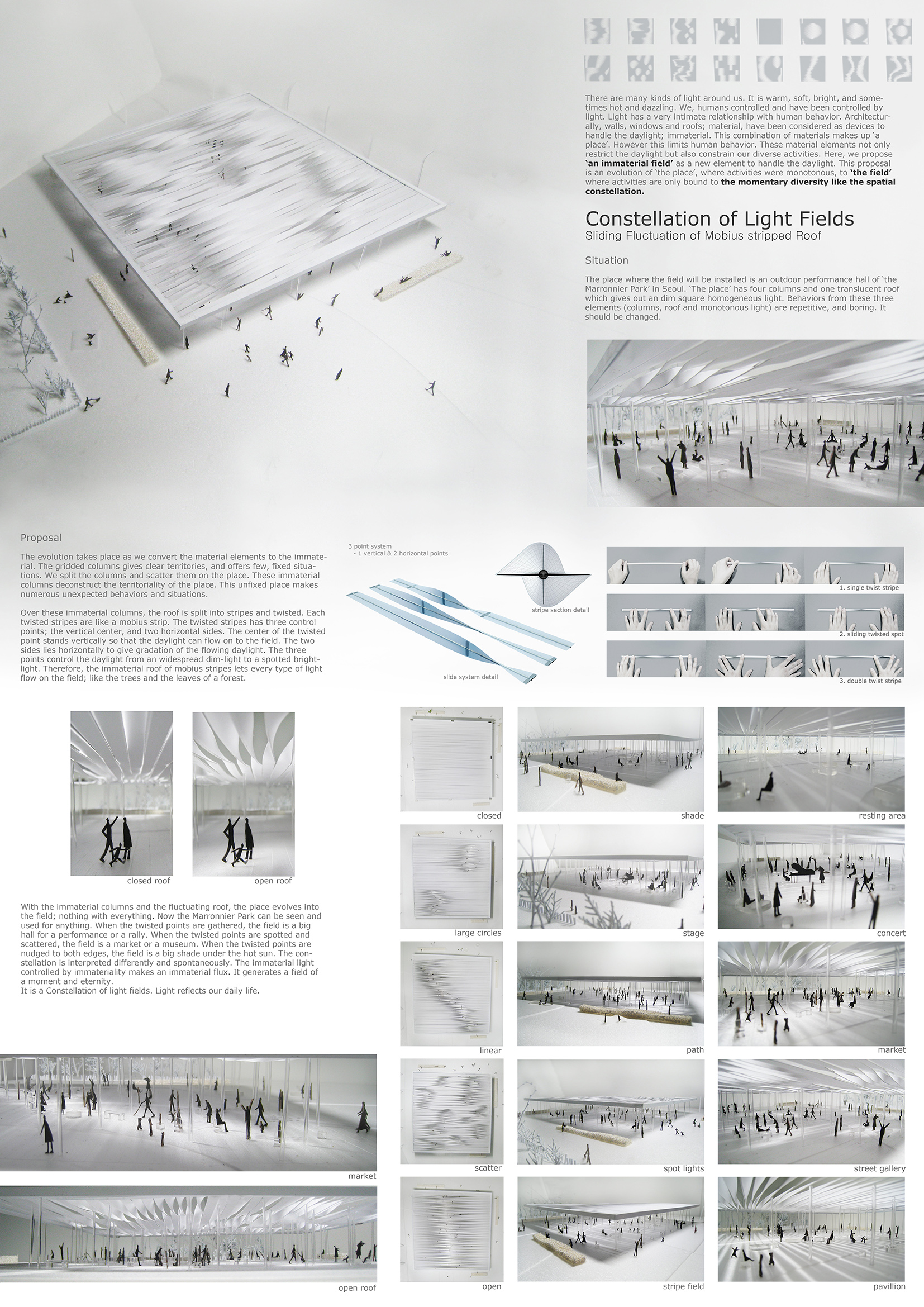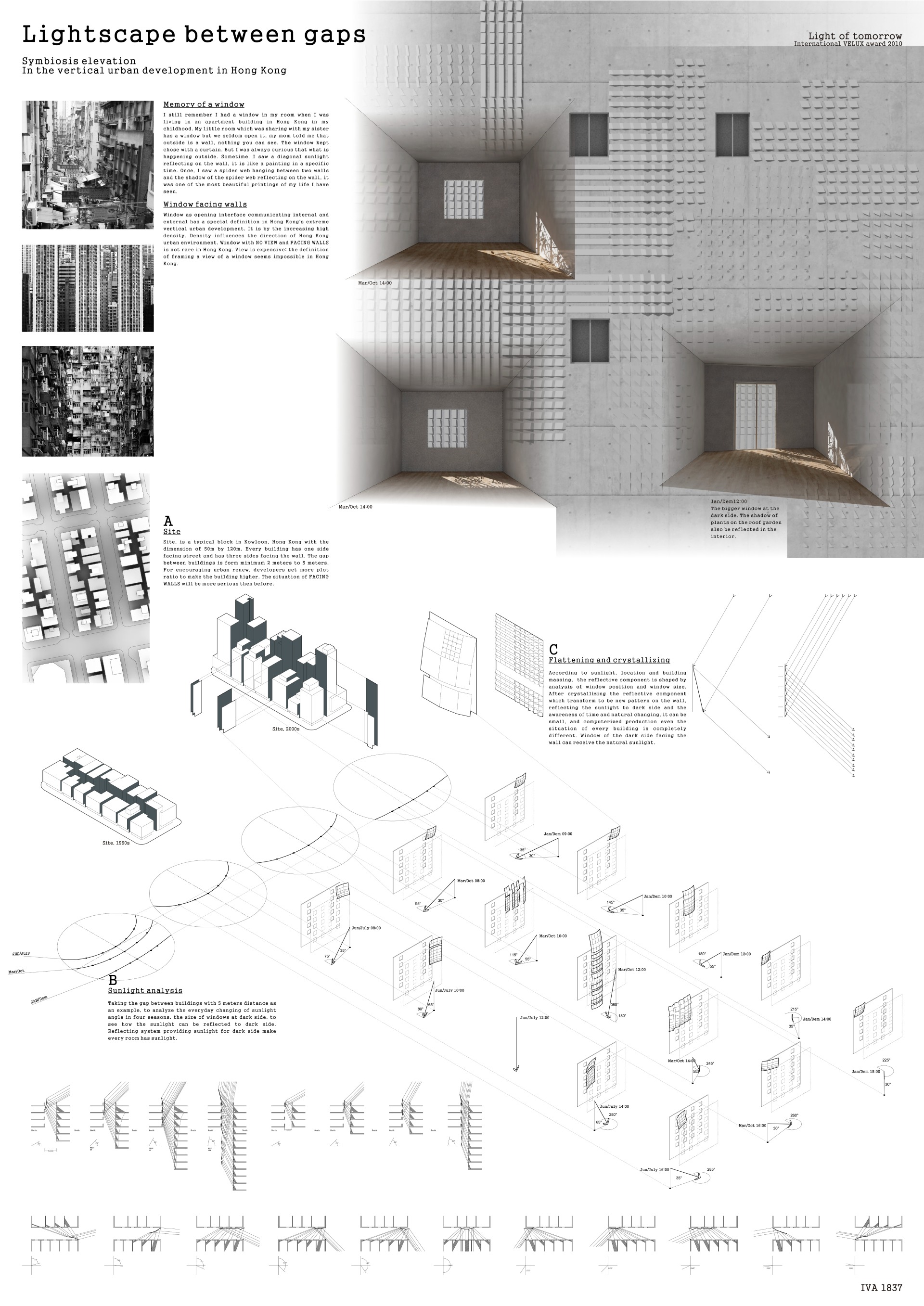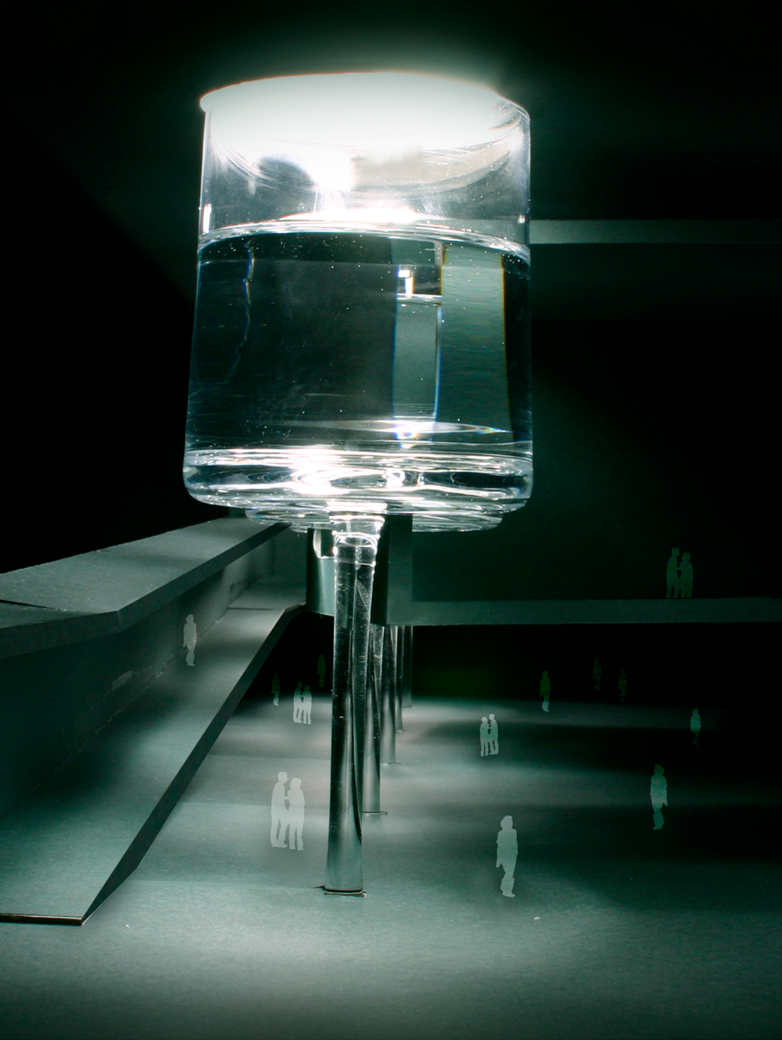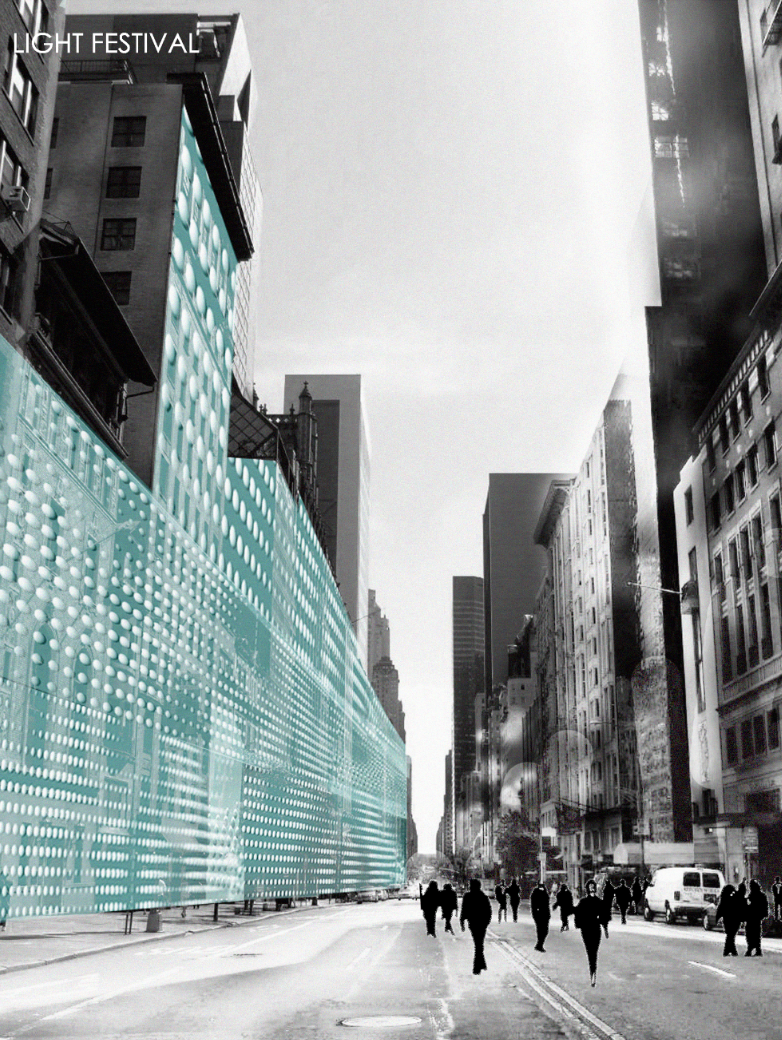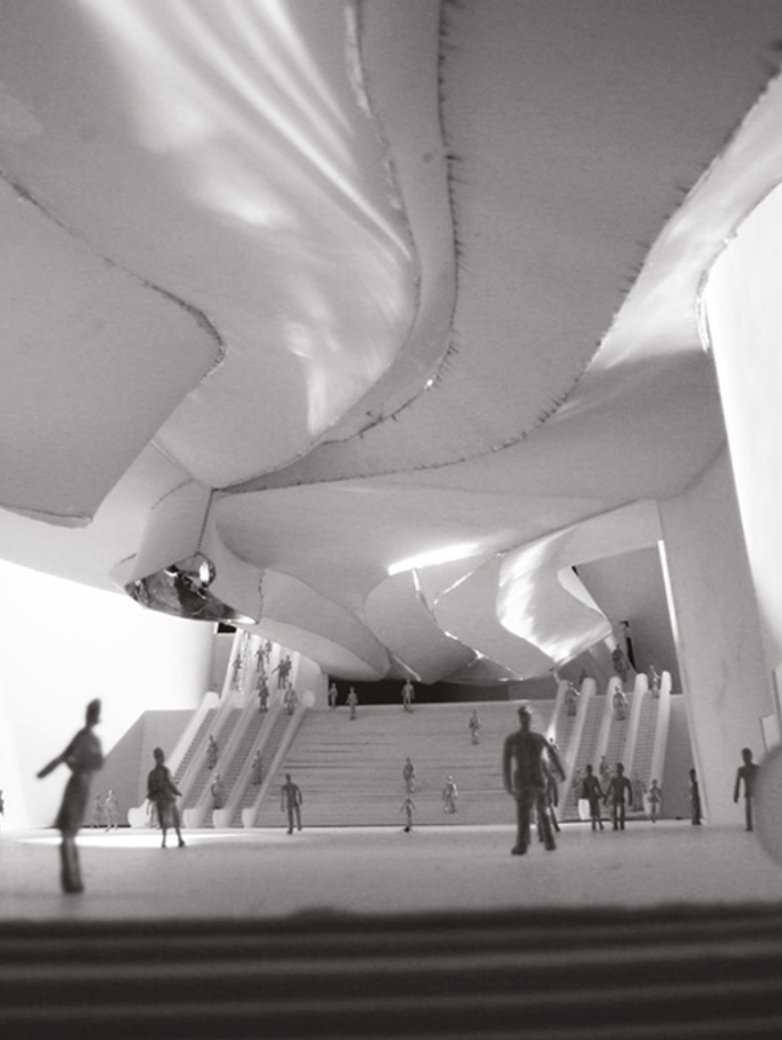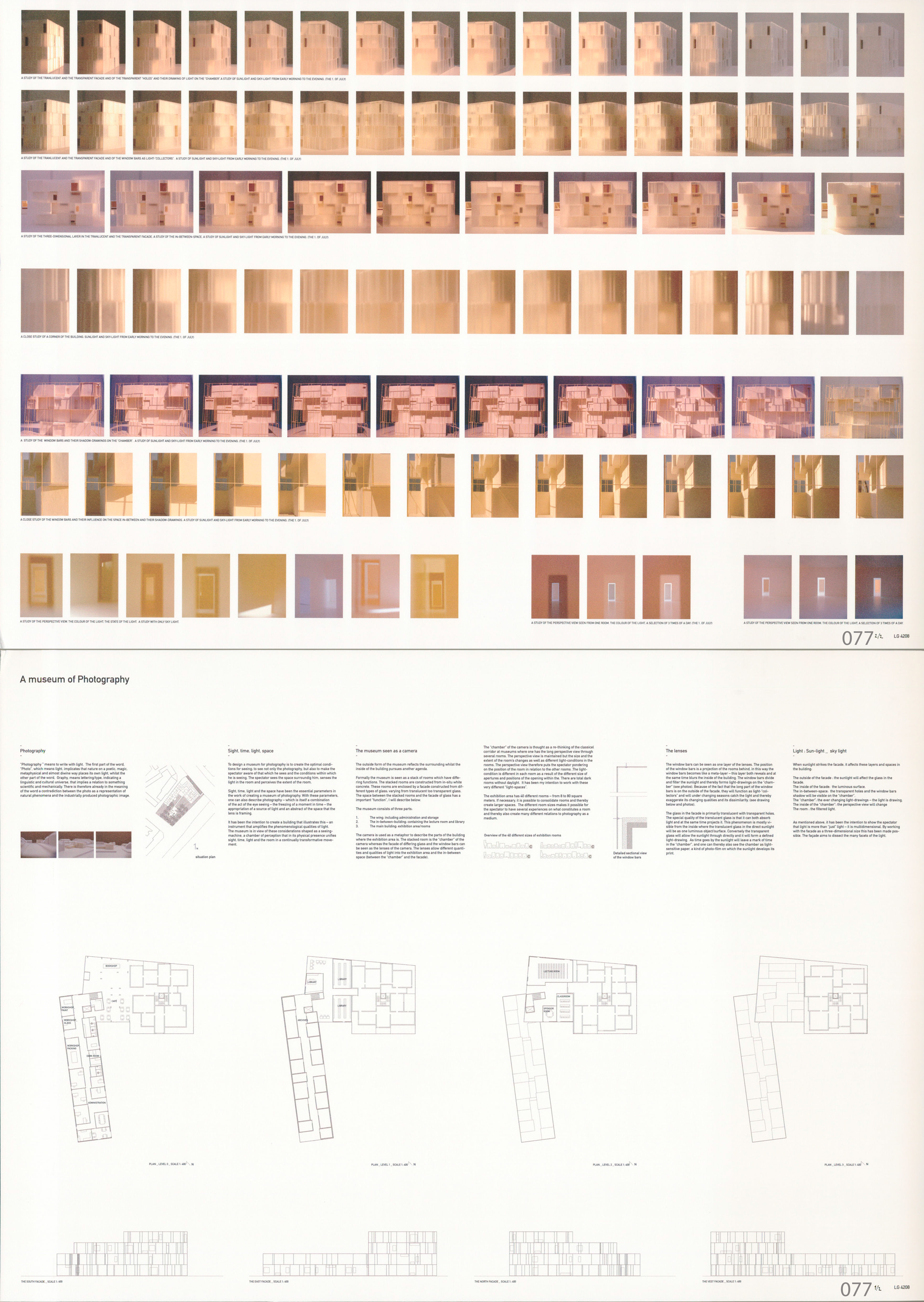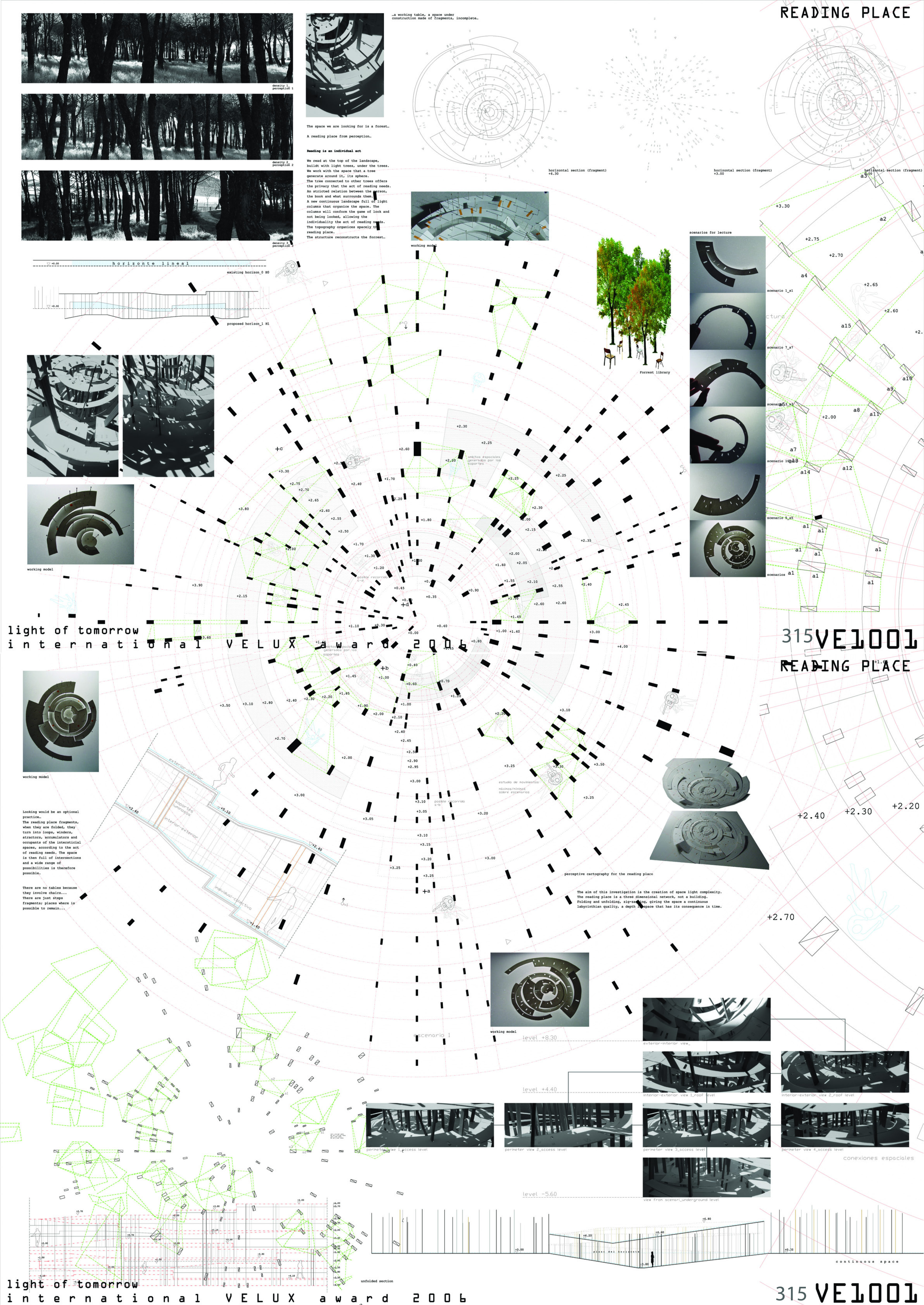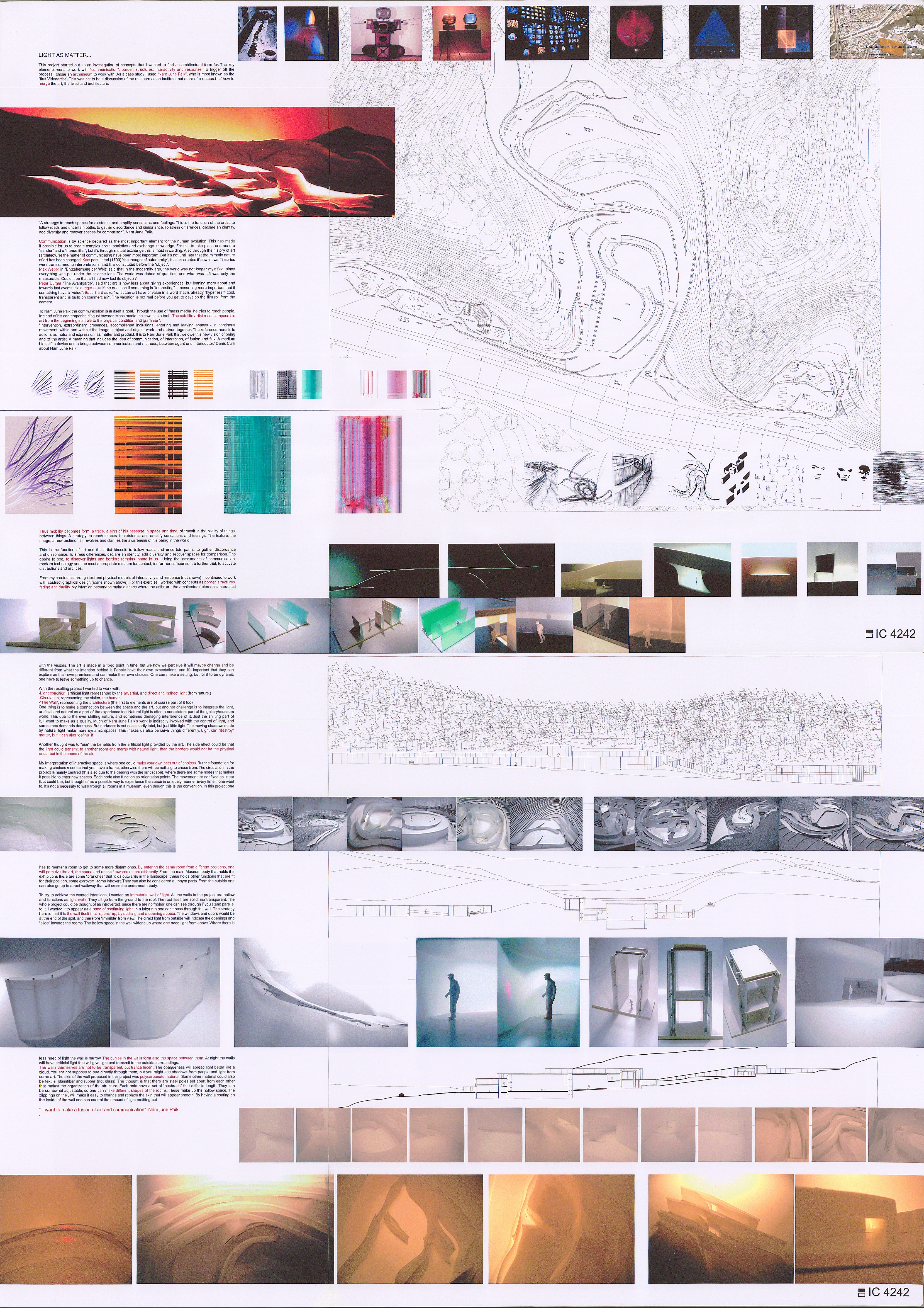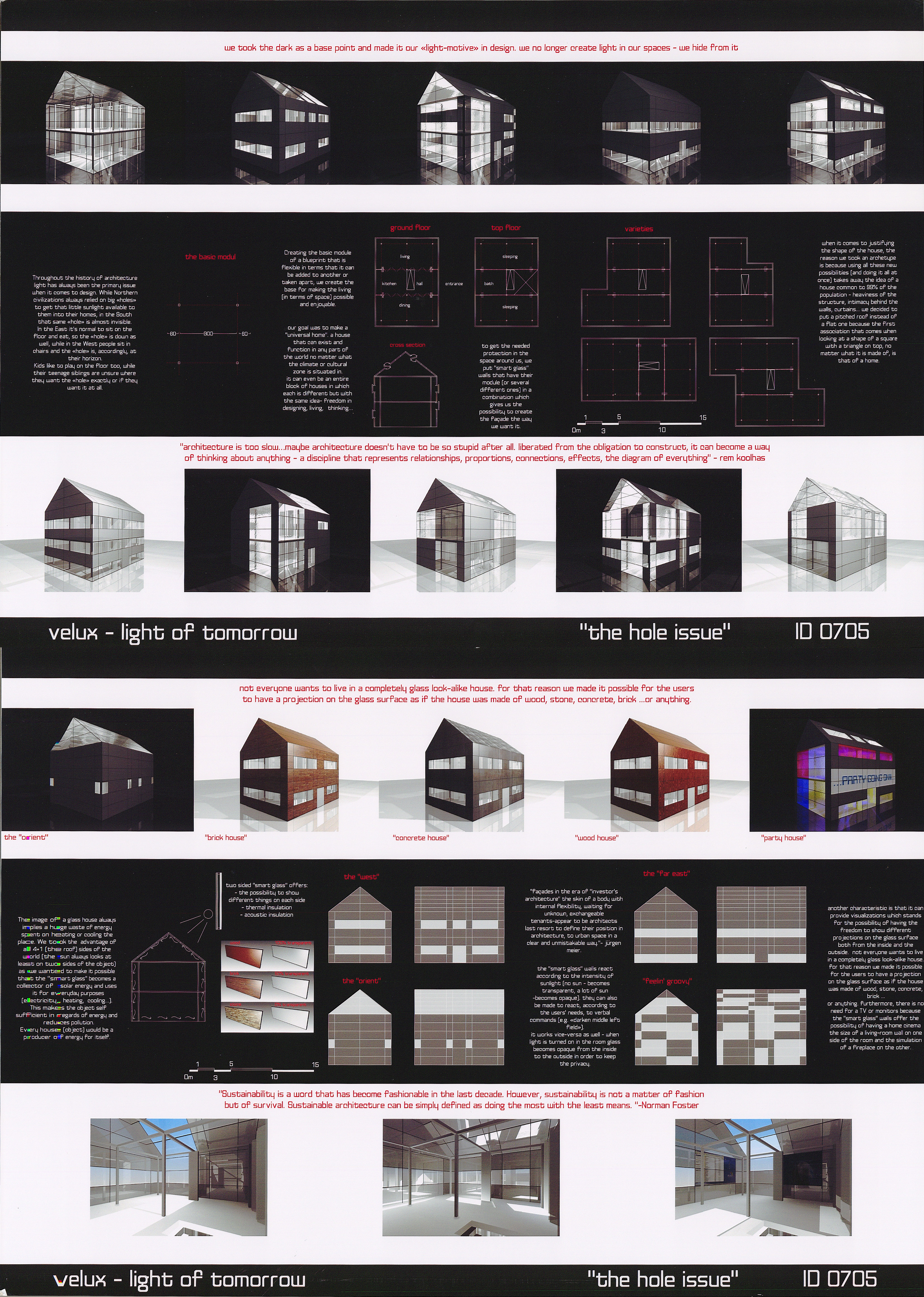2024 - upcycling to light

Category
Daylight investigations - Region 4: Asia and Oceania
Students
LEE JUNHO, Jongho Moon & Jaemin Nam
Teacher
Kwang Ho Lee
School
Korea University
Country
South Korea
Download
Download project board
In recent years, the developing countries of South & South East Asia have experienced remarkable economic growth. This development, coupled with rapid urbanization and growth in population, has led to the generation of substantial amounts of industrial and household wastes in urban areas. Additionally, many of these countries have been importing waste from abroad for their economic development. However, they lack the infrastructure to properly manage this waste, resulting in large quantities being transported to underdeveloped and economically marginalized areas on the outskirts of cities. As a consequence, those who have not benefited from economic growth are now also burdened with the waste problem.
People living near these landfills spend their days scavenging through the waste to collect items necessary for their survival. Children are no exception; instead of attending school, they help support their families by sifting through garbage heaps. The residents of these areas, hampered by poor infrastructure and a lack of electricity, spend their days collecting waste and their nights living in darkness.
A potential solution to this issue, which could also bring hope to the local residents, involves the use of the recently discovered bacterium ’Ideonella sakaiensis’ in conjunction with plasmid vector synthesis technology. By applying the widely used GFP (green fluorescent protein) vector synthesis technology to Ideonella sakaiensis, it is possible for the bacteria to break down waste while simultaneously producing a bioluminescent protein that illuminates the dark. This technology could provide both light and hope to those living amid the waste.
This approach extends beyond merely addressing environmental issues; it can significantly improve the quality of life for people living in landfill areas. For example, bioluminescent bacteria could provide light at night, allowing for safer movement and enabling children to continue their education. Additionally, it would help mitigate the plastic waste problem while addressing the lack of electrical infrastructure.
Implementing such a solution could transform the lives of those residing in these disadvantaged regions, offering them a brighter and more hopeful future and a sustainable way to get rid of wastes in the long run
